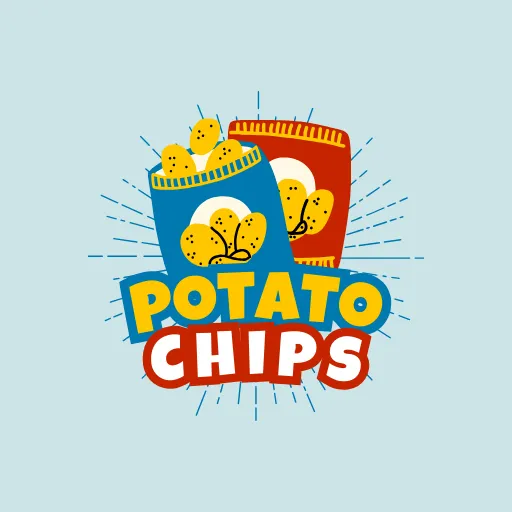Nutrition Facts for a Healthy Lifestyle
Nutrition Facts for a Healthy Lifestyle. Nutrients now include added sugars, vitamin D, and potassium. Information no longer required includes calories from fat, as research shows the type of fat is more important than the amount, and vitamins A and C since deficiencies of these vitamins are rare today.
Serving information appears in large, bold font because people may not be aware that one package may contain more than one serving. Calories appear in large, bold font, based on a daily 2,000-calorie diet. Daily caloric intake may vary.

Path to Well-Being: Nutrition after 50
- Choose foods that are low in fat and cholesterol. Avoid saturated and trans fats. Saturated fats are animal-based (red meat and dairy). Trans fats are found in processed foods. This includes packaged baked goods.
- Watch portion sizes. Keep in mind that a 3-ounce serving of meat is the size of a deck of cards. It’s okay to treat yourself to chips once in a while. But don’t mindlessly eat the chips from a bag while watching TV. Measure out an appropriate amount and put the bag away.
- Buy pre-cut fruit and vegetables if it will motivate you.
- Add healthy spices to your food if your tastes have changed. Don’t add salt.
- Learn to read labels. Packaged items contain nutrition labels. These labels tell you what a serving is, the number of calories, total fat, cholesterol, sodium, carbohydrates, potassium, and protein per serving.
Nutrition Scale by Greater Goods with Food Grade Glass, Perfect for Calorie Counting, Meal Prep, and Weight Loss (Silver).Extra Hygienic: A food-safe glass surface and capacitive touch buttons keep the nutrition scale easy-to-clean and resistant to spills.

Try to get the right nutrients in each meal. Good nutrients include:
- Calcium
- Daily fiber (from food)
- Vitamin A
- Vitamin C
Bad nutrients include:
- Total fat (saturated and trans fat)
- Cholesterol
- Sodium
Things to consider
Nutrition Facts for a Healthy Lifestyle. Follow your doctor’s advice for nutrition. Not everyone has the same nutritional needs after the age of 50. A person who has diabetes may have to monitor carbohydrates first and calories second. A person with high blood pressure may need to watch his or her sodium levels more than other nutrients. Also, not all nutrients are the same. For example, the calories in fruit are healthier than the calories in cake. The carbohydrates in whole grains are healthier than those in candy.
Food safety is another concern for men and women over the age of 50. As we age, our bodies are less able to fight off infections that come from unsafe food. Wash raw foods with soap. Keep your hands, cutting tools, and surface areas clean with hot soapy water when preparing food. Cook your food to the required temperature. Always refrigerate foods within 2 hours of cooking.
Men and women over the age of 50 need plenty of water. Doctors recommend drinking water throughout the day to prevent dehydration. Dehydration can lead to dizziness, falls, low blood pressure, poor kidney function, and other conditions. Drinking enough water helps your kidneys flush the toxins from your body.
Even if you are not thirsty, it’s important to have water throughout the day. Plain water is best. However, you can get water from soup broths and limited amounts of coffee and tea. Too much caffeine strips your body of water. Try adding water to your routine by drinking a glass before each meal and snack. Sip it during meals and snacks, too. Be sure to drink plenty of water before exercising or being out in the sun.
How does the body use calories?
While the body uses calories (energy) to perform all of its functions, most people are primarily concerned with how excess calories affect our body weight. In a nutshell, if we consume more calories than we burn, our bodies can store the excess energy as body fat. Historically, the extra fat often meant the difference between life and death during severe food shortages. Today, however, this lifesaving bodily feature has become a problem for many of us. In fact, storing too much body fat (obesity) has become a leading risk factor for premature death.
Weight loss can occur when we consume fewer calories than our bodies need. Our bodies can adapt to the food shortage by using body fat as an energy source. If the calorie deficit continues for an extended period, our bodies can consume large amounts of body fat.
How many calories do I need in my diet?
Each person has unique energy needs depending on factors such as age, gender, height, weight, body composition, and goals. You can calculate the number of calories needed to maintain your weight by using a Basal Metabolic Rate (BMR) equation such as the Harris-Benedict Equation.
If you would like to lose weight, you can eat fewer calories than your calculated BMR and/or increase your activity level. To lose one pound per week, you would need to create a calorie shortage of 3,500 calories per week — or 500 calories per day.
Which foods are high in calories?
The following foods have a high calorie-to-weight ratio (calorie-dense foods):
| Item | Calories per 100g |
| Lard | 902 |
| Cooking oils | 884 |
| Butter | 721 |
| Mayonnaise | 700 |
| Pecans | 692 |
| Peanut butter | 587 |
| Bacon | 538 |





